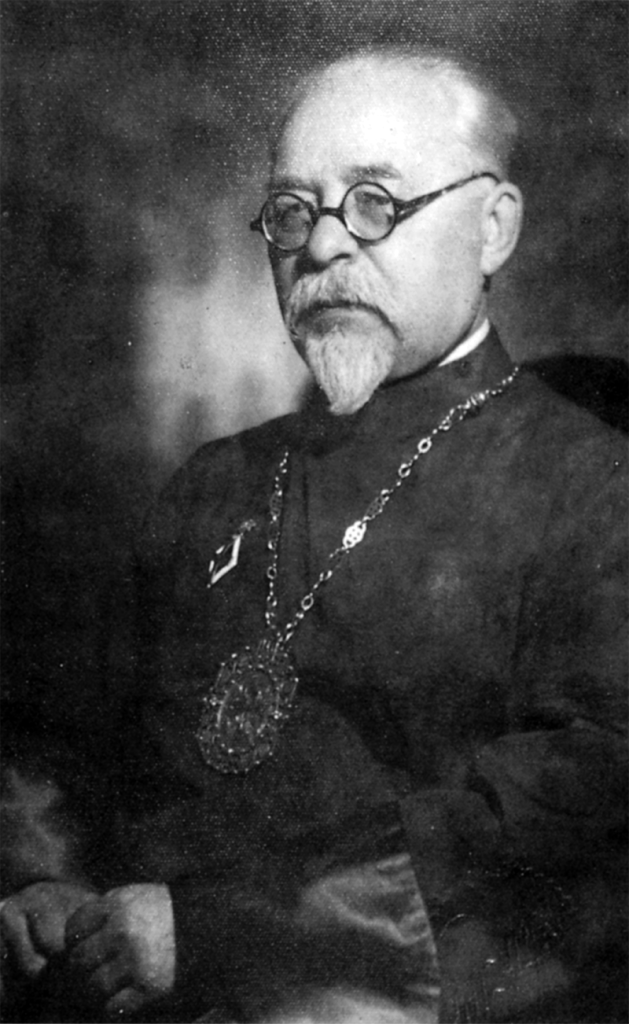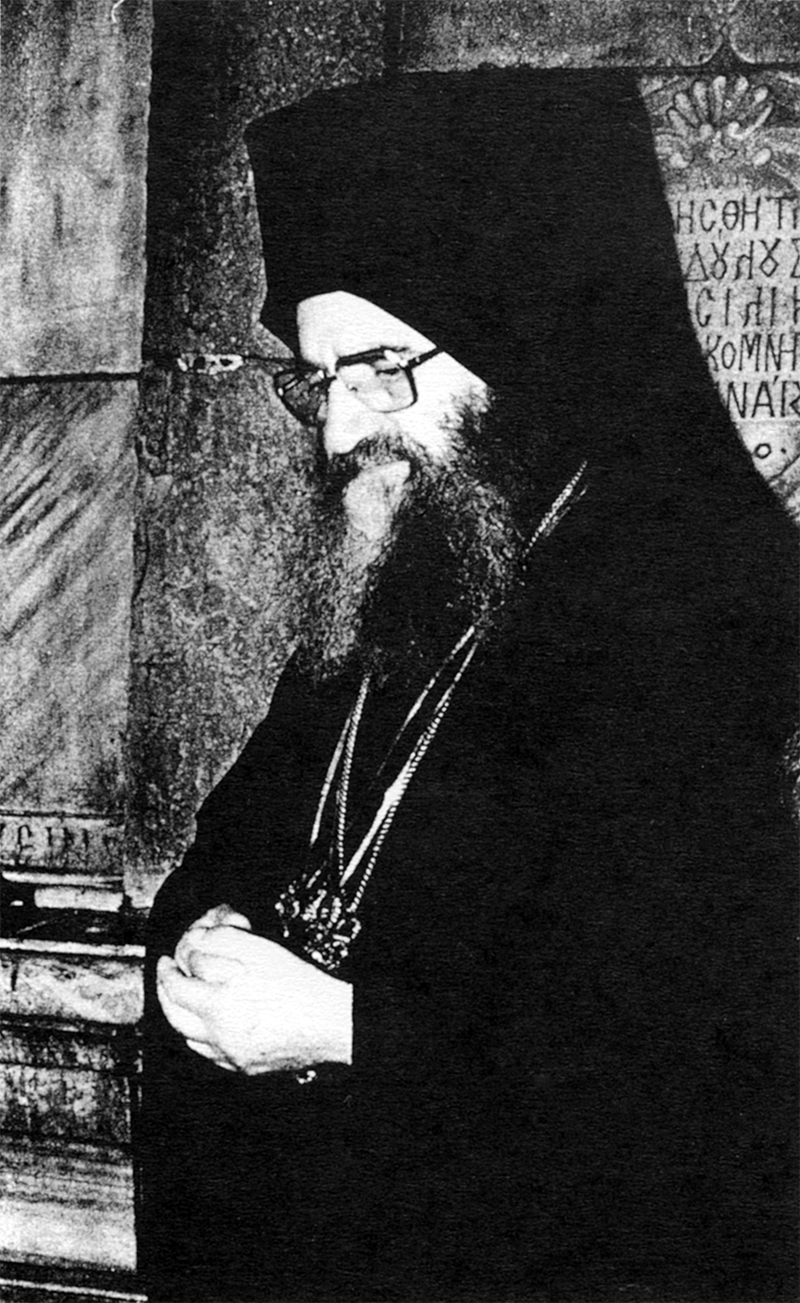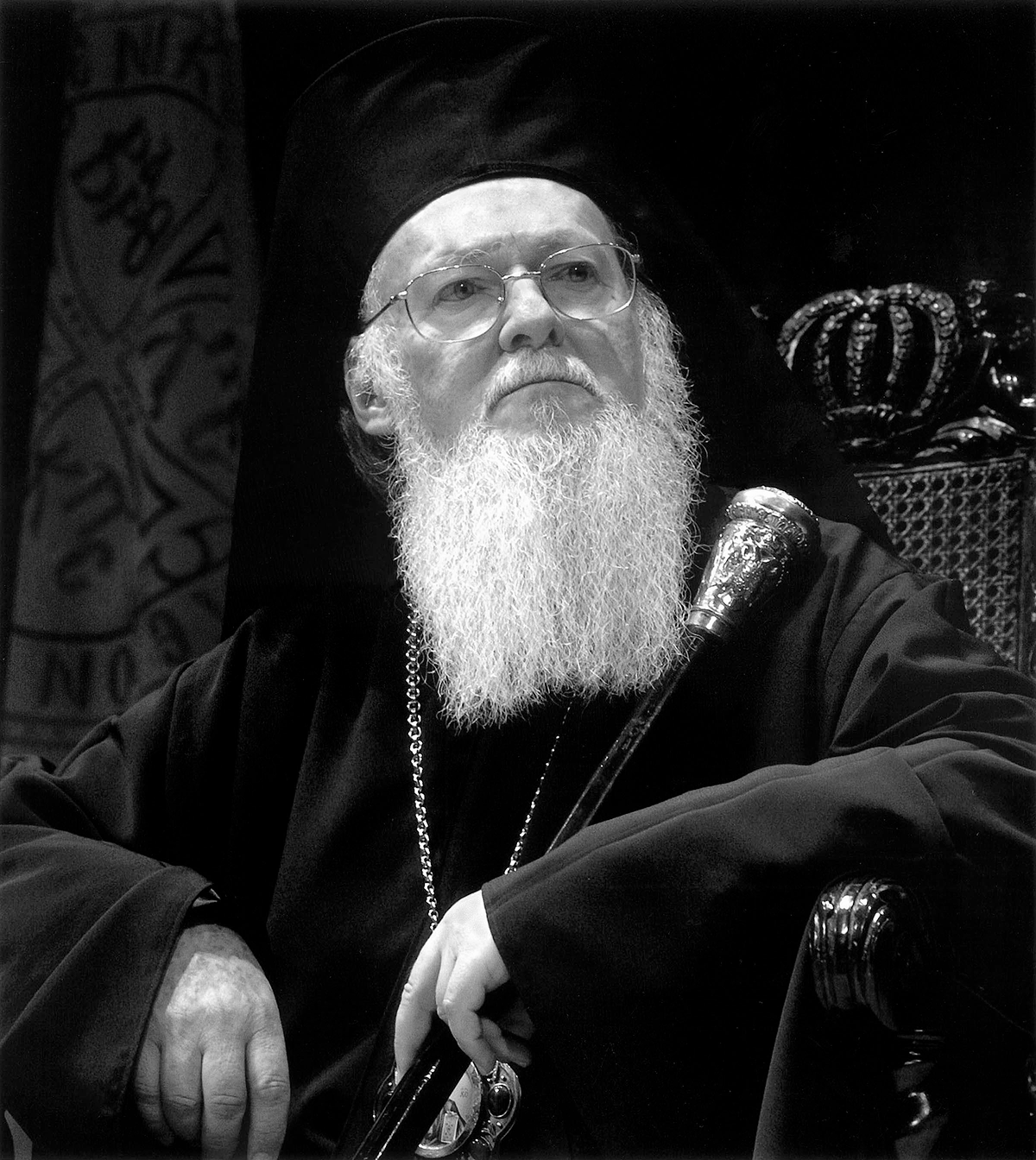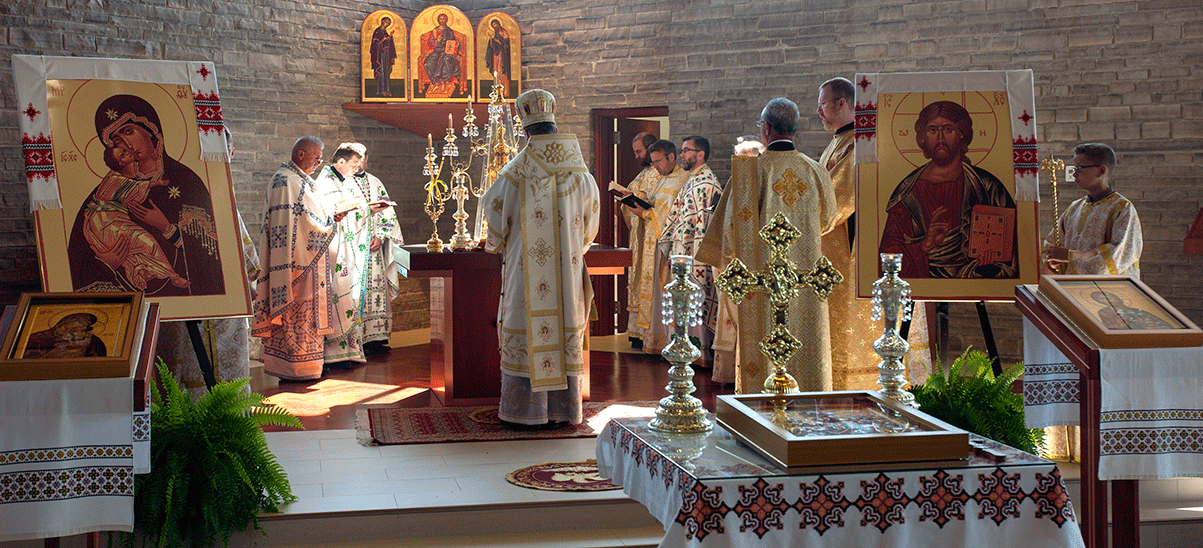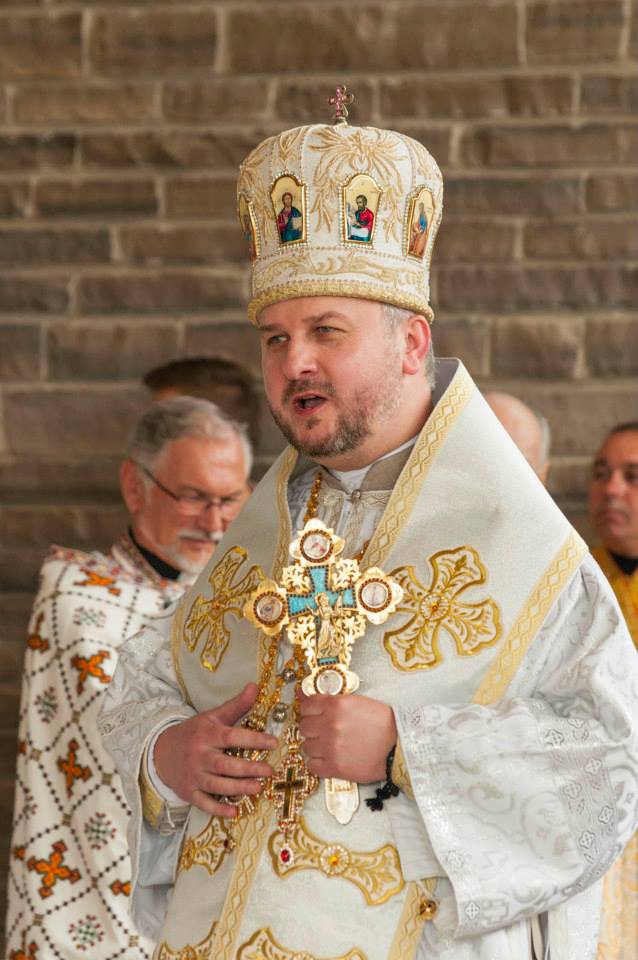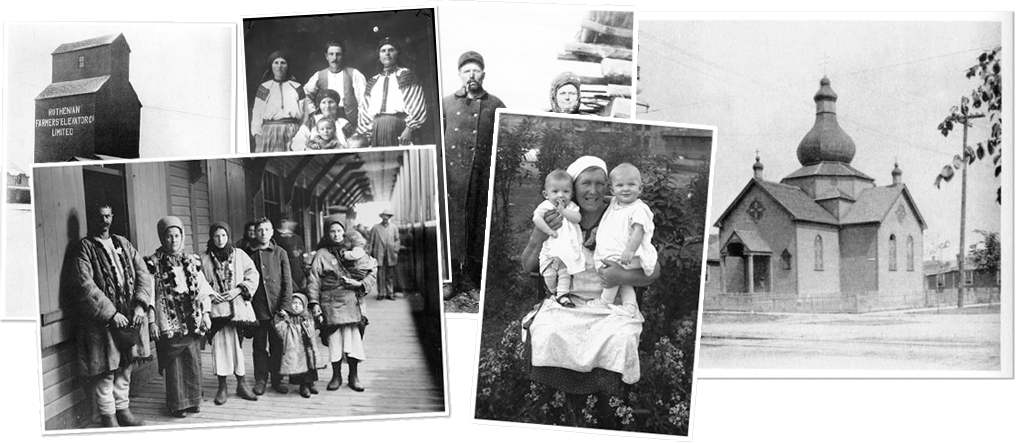
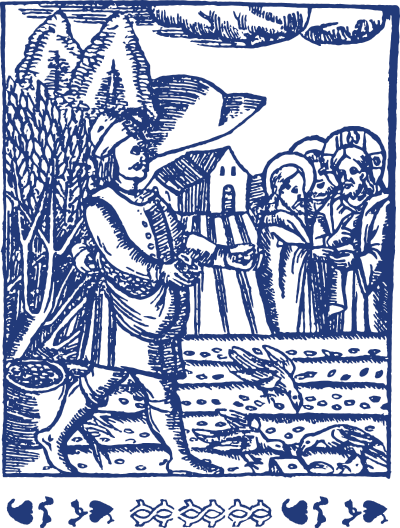
Behold, a sower went out to sow. And as he sowed, some seed fell by the wayside; and the birds came and devoured them. Some fell on stony places, where they did not have much earth; and they immediately sprang up because they had no depth of earth. But when the sun was up they were scorched, and because they had no root they withered away. And some fell among thorns, and the thorns sprang up and choked them. But others fell on good ground and yielded a crop: some a hundred-fold, some sixty, some thirty.
[ Mt. 13:3-8 ]
These words from the parable of the sower, regarding the preaching of the Word of God and Its reception into the hearts of people, can be used to describe how, eighty years ago, the seed of Orthodox Faith was sowed on the Canadian land, not by missionaries, but by simple peasants, who came from Ukraine and established themselves on the Canadian prairies. It is indeed on this simple, but at the same time deep, faith of the Ukrainian peasants-pioneers, who started to imigrate to Canada at the end of the nineteenth century, that the Ukrainian Orthodox Church of Canada was established.
THE PERIOD OF GENESIS
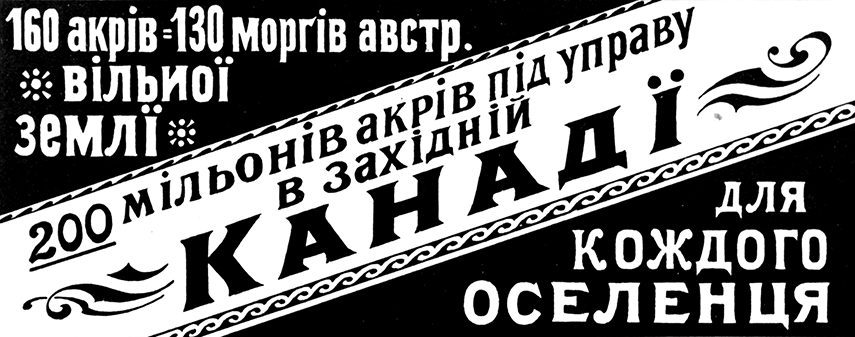
Most of the first Ukrainian settlers came to Canada from Halychyna (where they were Greek-Catholics) and from Bukovyna (where they belonged to the Orthodox Church). The Halychany, settling in Canada, where visited once in awhile by Greek-Catholic priests, but the Vatican wished to attached them to the Roman-Catholic Church already in existence, which would have assimilated them. The Bukovynians arriving in North America usually incorporated themselves into the Russian Orthodox Mission,1 which was already in existence. Nevertheless, the Ukrainian immigrants desired to have a Church with a Ukrainian character, which would be closer to the spiritual and cultural needs of the Ukrainian people, and this led to the formation of the Ukrainian Orthodox Church of Canada.2
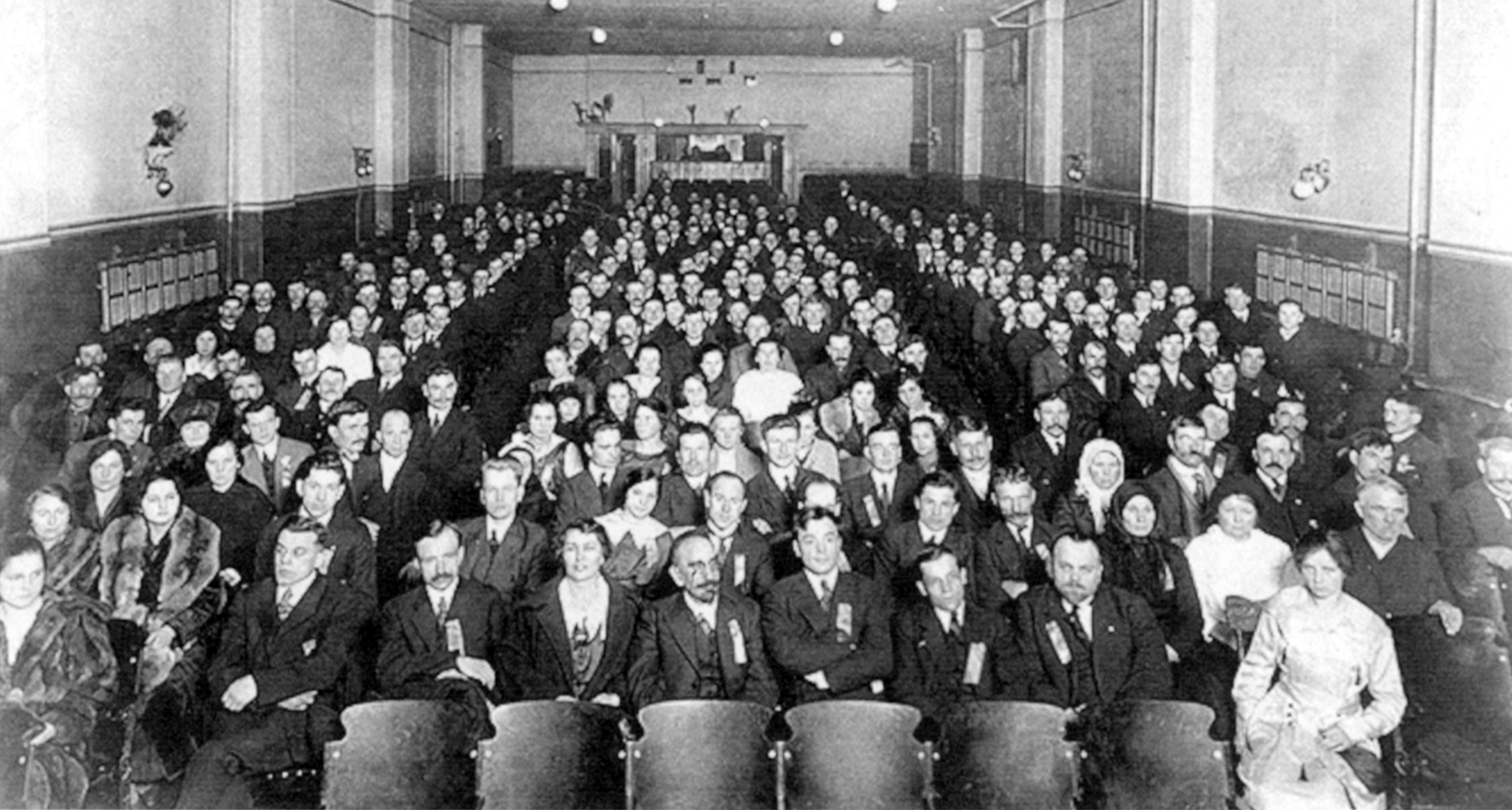
Third Ukrainian National Convention, 26-27 December, 1918
Some members of the “Ukrainian Union of Teachers in Canada”3 established the newspaper “The Ukrainian Voice”,4 and called national conventions (narodni zyizdy) at which they discussed the need to organize the “Ukrainian Orthodox Church of Canada”.5 In July 1918, the National Committee (Narodny Komitet) called a meeting in Saskatoon, at which it was resolved to establish the “Ukrainian Greek Orthodox Church in Canada”6. This meeting formed a brotherhood, and condemned the Union of Brest of 1596.7
Although the Ukrainian settlers who took part in the organization of this Church body were not theologians, they were conscious of the canon law that a Church body cannot exist without a bishop. Thus, the brotherhood contacted Archbishop Alexander from the Russian Orthodox Mission in North America — who initially accepted to become the temporary bishop of the UGOCC.8 and to preside at its first “Sobor”,9 but later refused.10 The first “Sobor” took place anyway on December 28, 1918, without the presence of a bishop11 and led to the establishment of the first seminary in Saskatoon.12
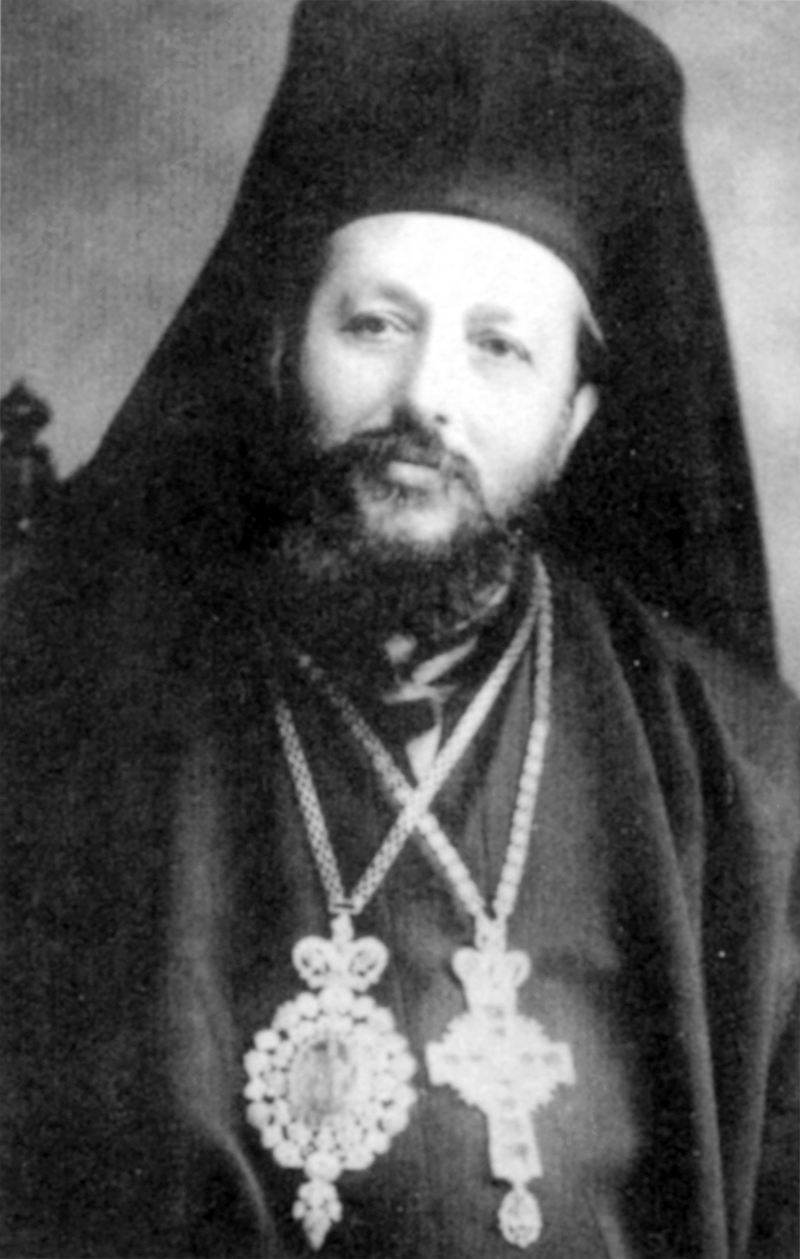
Metropolitan GERMANOS (Shehadi)
The second Sobor was held on November 27, 1919, with the presence of the Antiochian Metropolitan Germanos,13 who accepted to head the UGOCC. until the time it would have its own bishop.14 He headed the Church for five years, Until 1924.15
In 1924, Archbishop John (Theodorovich) arrived in the U.S.A. from the Ukrainian Autocephalous Orthodox Church, to lead the Ukrainian Orthodox Church in U.S.A. Knowing of the presence of a Ukrainian bishop on the American continent, the fourth Sobor of the UGOCC, held on July 16-17, 1924, decided to invite Archbishop John to become the ruling bishop of the UGOCC. He accepted, and thus began visiting Canada during the summers. During his absence in winter, when he was in the U.S.A., his administrative functions were carried out by a priest-administrator at the Consistory — Father Semen Sawchuk.16
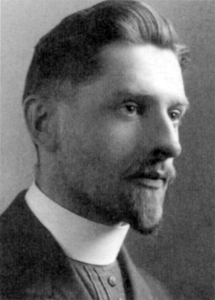
Fr. Semen Sawchuk
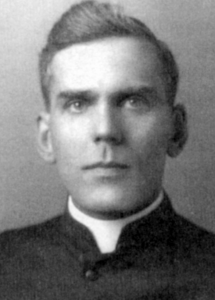
Fr. Dmytro Stratiychuk
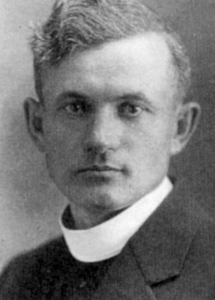
Fr. Petro Sametz
However, soon Archbishop John became the subject of polemics regarding his uncanonical ordination to the rank of bishop.17 For this reason, he was forced to resign from his office as ruling bishop in 1946.18
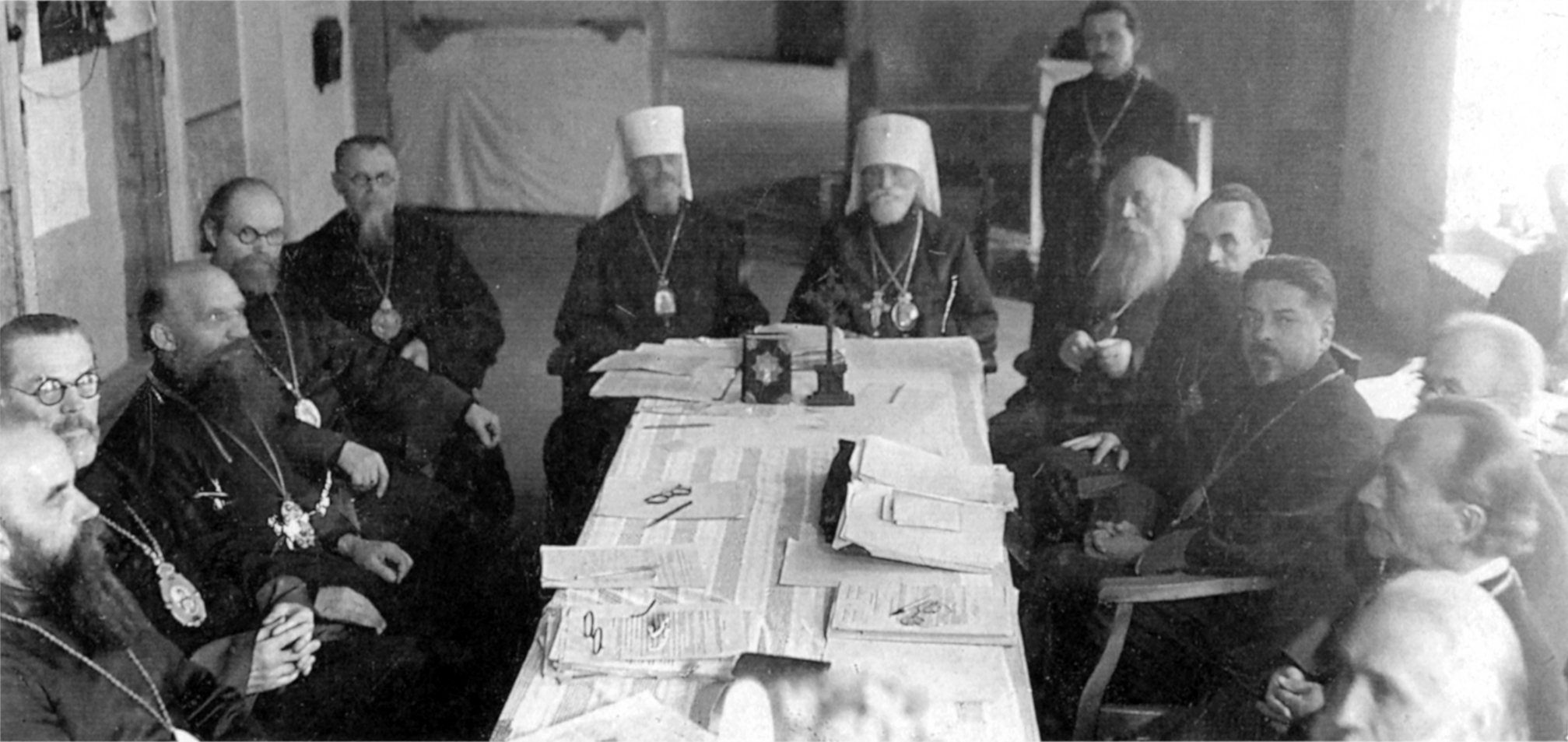
Synod of Ukrainian Bishops Abroad, 12-15 May, 1947
In 1947, during an extraordinary Sobor, Bishop Mstyslav (Skrypnyk) was accepted as Archbishop of Winnipeg and all Canada.19 He was ordained during the administration of the Warsaw Metropolitanate on the freed Ukrainian lands in 1942. But, because of some misunderstandings between him and the Consistory, he was forced to resign from his office in 1950, at the Tenth Sobor.20
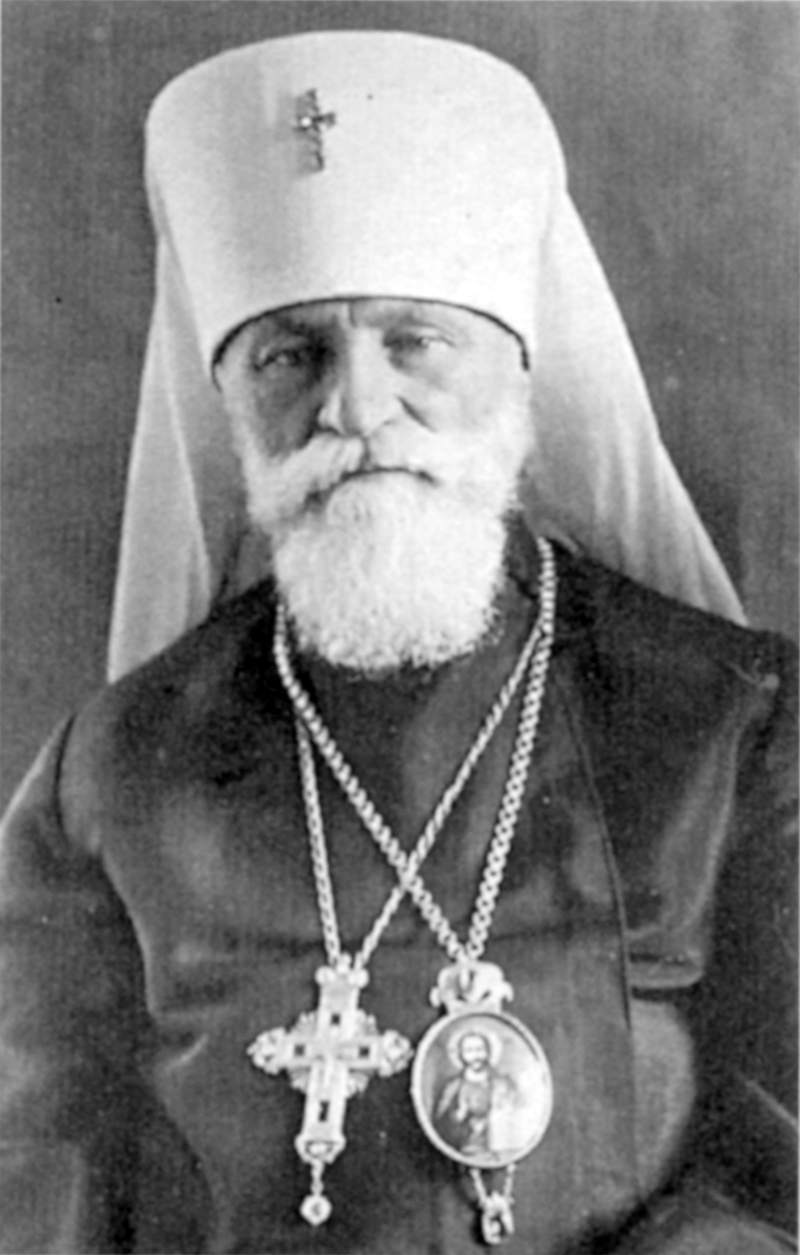
Metropolitan POLIKARP (Sikorsky)
Then the Consistory asked Metropolitan Polikarp (Sikorsky), who presided at the Holy Synod of the Ukrainian Orthodox Bishops, ordained by the administration of the Warsaw metropolitanate on the freed Ukrainian lands, (and in the aftermath of the war found themselves in the emigration), for assistance. He agreed then to look after the UGOCC.
THE FORMATION OF THE METROPOLITANATE
In 1951, to the time of the extraordinary Sobor, the Consistory had found four candidates for the office of ruling bishop. They were all canonically elected and ordained by the Holy Synod of the Warsaw Metropolitanate (Autocephanous Orthodox Church in Poland). Of these candidates, three came to Canada: the Metropolitan of Kholm and Pidliasha Ilarion (Ohienko), who fled with his flock during the war, and came to Canada in 1947 at the invitation of the Holy Protectress Cathedral (Sobor) in Winnipeg; Archbishop Michael (Khoroshy), who came to Canada in 1951 at the invitation of the Consistory; and Bishop Platon (Artemiuk) who came to Canada in 1951 with the blessing of Metropolitan Polikarp (Sikorsky), but who prematurely fell asleep in the Lord. The extraordinary Sobor decided to follow the canonical system of a metropolitanate to administer the UGOCC, creating thus a metropolitanate with three eparchies.
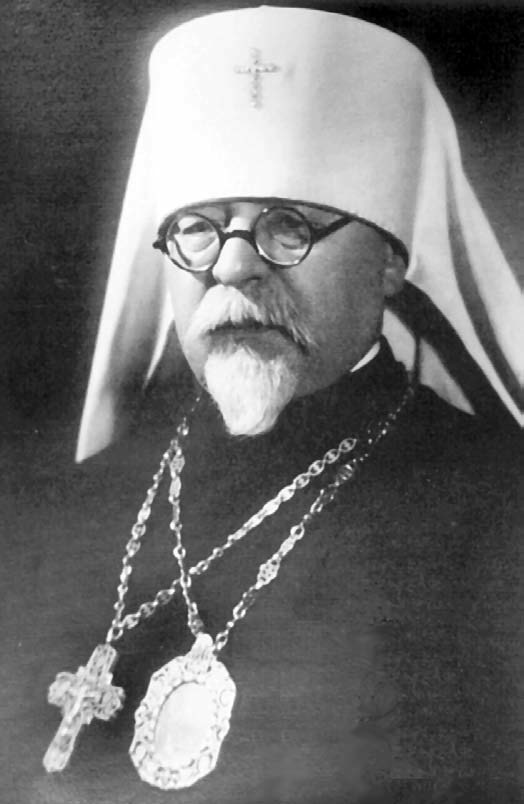
Metropolitan ILARION (Ohienko)
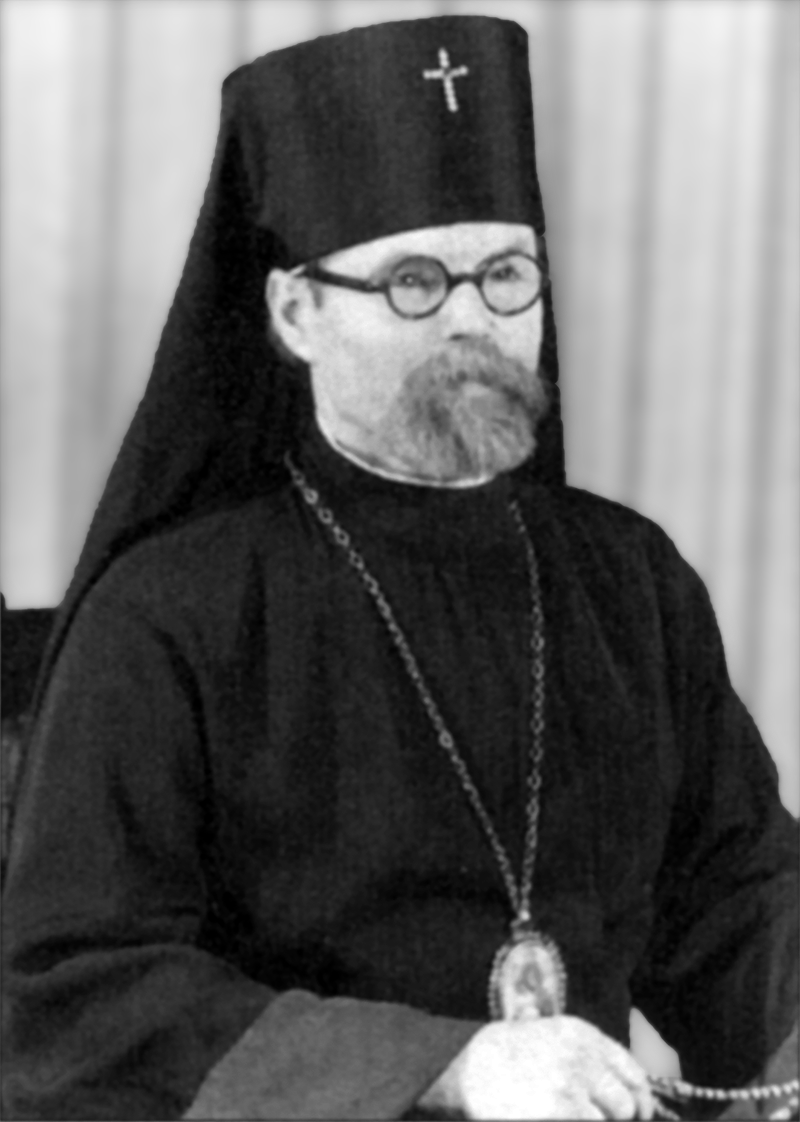
Archbishop MICHAEL (Khoroshy)
Metropolitan Ilarion (Ohienko) was chosen Metropolitan of Winnipeg and all Canada, and Archbishop Michael (Khoroshy) became Archbishop of Toronto and the Eastern Eparchy.21
More should be said about Metropolitan Ilarion. He was, in fact, the first ruling bishop of the UGOCC in the full sense of the term, since he was permanently living in Canada and taking care of the spiritual needs of his spiritual children. For these reasons he became the pillar upon which the further development of the UGOCC leaned. Having become the Metropolitan of UGOCC, he took care of his spiritual children with great pastoral love, understanding their good will and efforts in the organization of the UGOCC. But he paid particular attention to the canonical-disciplinary order and the liturgical life of his flock. As a new “Petro Mohyla,” he began to administer the Church with great authority, and thus brought the UGOCC to canonical order and normalized liturgical life by the publication of liturgical books.
He also developed the Faculty of Theology of St. Andrew’s College (founded in 1946), served as its dean for several years, and thus raised the level of knowledge of his clergy. He also kept in mind the spiritual and educational growth of the faithful, for whom he published informative pamphlets and booklets.22
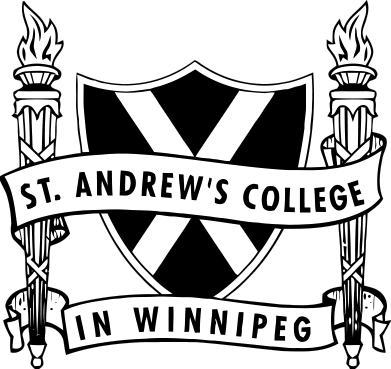
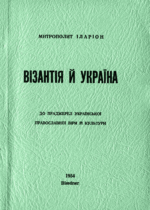
Thus, the Metropolitanate was growing, and the need for new bishops arose: in 1959, Archimandrite Andrew (Metiuk) was ordained Bishop of Edmonton and the Western Eparchy, and in 1963, Archimandrite Boris (Yakovkevych) was ordained Bishop of Saskatoon and auxiliary of the Central Eparchy.23
After twenty-one years of zealous archpastoral ministry, Metropolitan Ilarion fell alseep in the Lord on March 29, 1972. His departure was felt as a great loss for the UGOCC.
Archbishop Michael was chosen to replace him, and he was at the head of the Metropolitanate until 1975, when he resigned from the office of Primate.24 Then Archbishop Andrew became the Primate of the U.G.O.CC. He remained its Metropolitan for ten years, until his blessed repose on February 2, 1985.25 During the time of his administration new bishops were ordained: Bishop Nicholas (Debryn) in 1975 ;26 Bishop Wasyly (Fedak) on July 16, 1978, who became the Primate of the UOCC after the death of Metropolitan Andrew in 1985,27 and Bishop John (Stinka) on November 27, 1983.
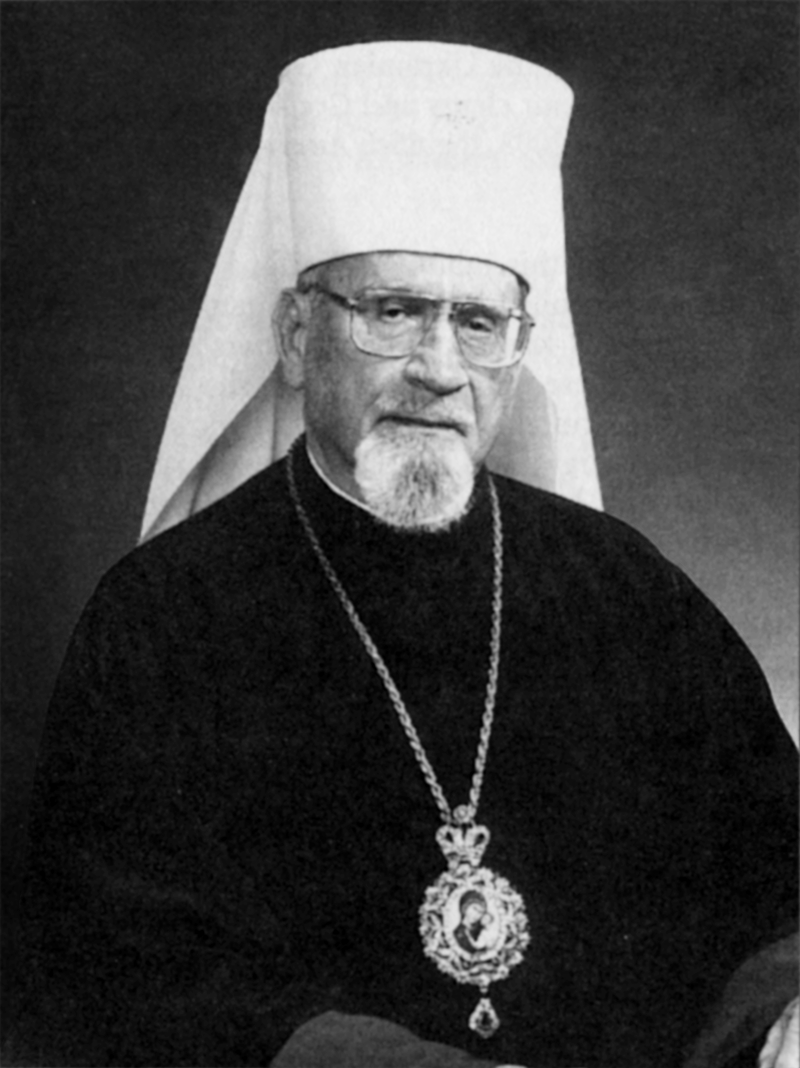
Metropolitan WASYLY (Fedak)
During the term of office of His Beatitude, Metropolitan Wasyly, Archimandrite Yurij (Kalistchuk) was ordained Bishop of Saskatoon on October 22, 1989.28
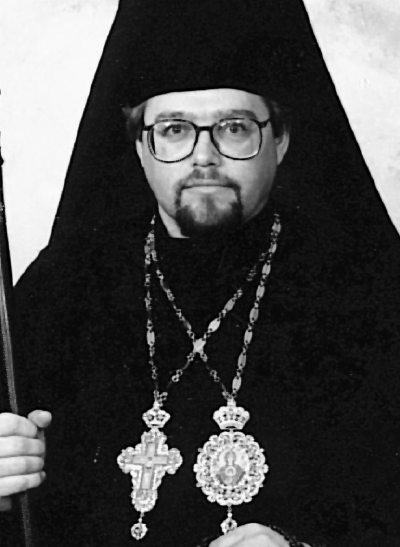
The Future Metopolitan of the UOCC, YURIJ (Kalistchuk), Bishop of Saskatoon, 1989
CANONICAL ORDERING
Fulfilling the desires and intentions of the ever-memorable Metropolitan Ilarion, Metropolitan Wasyly, assisted by the Consistory, and with the help of God, concluded the canonical ordering of the UOCC.29
After a few visits and discussions with the Ecumenical Patriarchate, the UOCC was received into the Ecumenical Patriarchate in 1990, at the time of His Holiness, the Ecumenical Patriarch Demetrios I, and thus normalized its relations with the other Orthodox Churches. This happened officially on April 1, 1990, when His Grace, Bishop Yurij celebrated the Divine Liturgy at the Patriarchal Cathedral in Constantinople and received communion from a common Cup. The faithful of the UOCC received this historical act positively, by approving this establishment of eucharistic and canonical union almost unanimously at the XVIII Sobor of the UOCC. in July 1990, showing in this way, their trust in their Church leaders.30
According to the Patriarchal Decree,31 upon entering the Ecumenical Patriarchate the UOCC. remains a Metropolitanate with full internal autonomy, having as its canonical head the Ecumenical Patriarch to whom it has canonical reference in all things. This status recalls the days, when the Kyivan Metropolitanate was a part of the Ecumenical Patriarchate, and when there were very close Church relations between Constantinople and Kyiv, for the good of these two important Church centers.
PERSPECTIVES FOR THE FUTURE
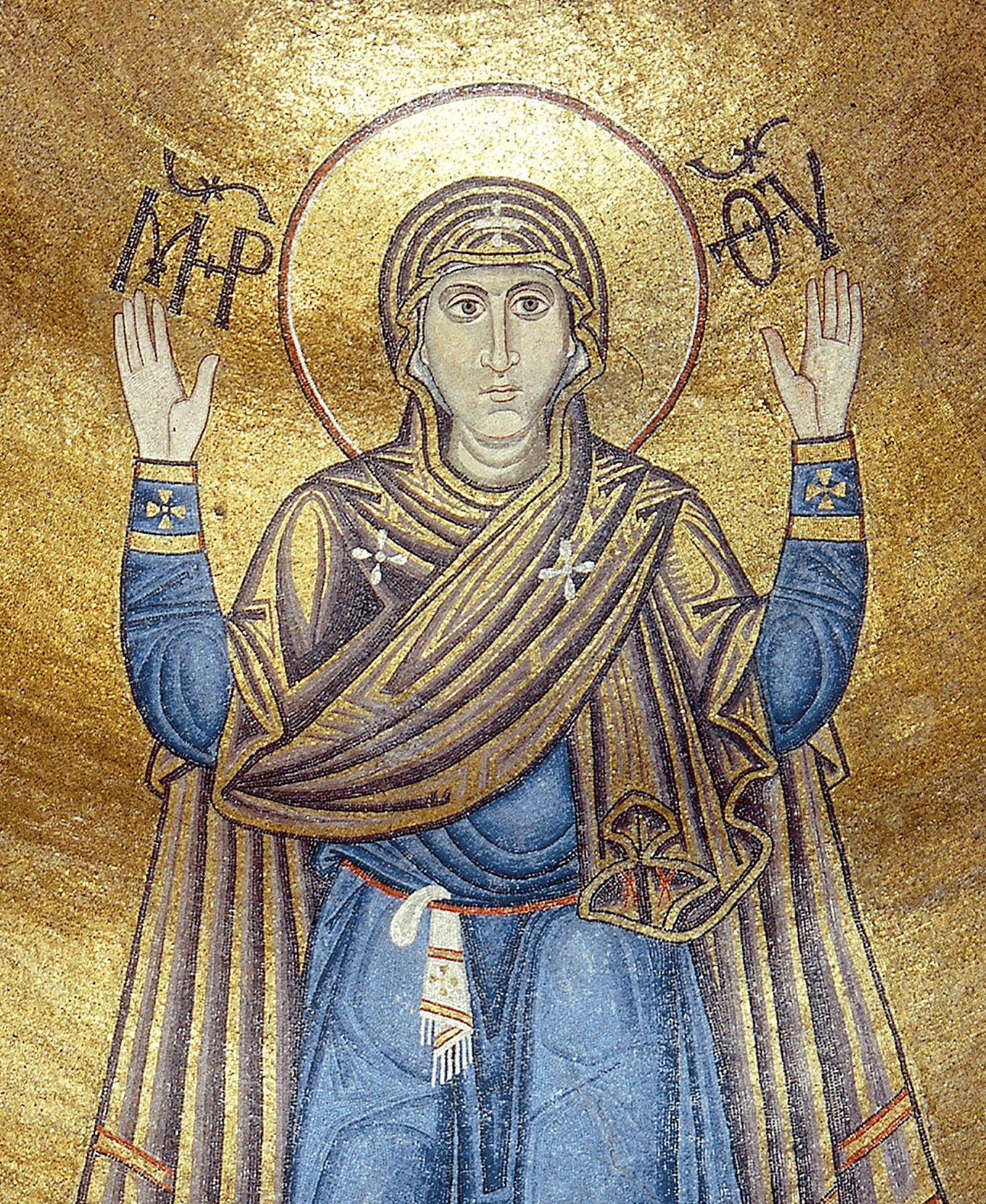
The greatest heritage of the 100-year history of the UOCC is probably the successful fulfillment of the canonical ordering of this Church body, which was organized by people of good will — faithful Ukrainian immigrants, who came to the Canadian prairies at the end of the last century. During the relatively short period of its existence, the UOCC. found its natural place in the commonwealth of the Ecumenical Patriarchate, and today is in full communion with all the Orthodox world. This status within the canonical jurisdiction of the Ecumenical Patriarchate can be considered as the fruit of that seed, which was sowed eighty years ago, fell on good ground, and yielded a crop.
We can only expect now that the faithful of the UOCC under the leadership of their clergy will develop and intensify their contacts with the throne of the Ecumenical Patriarchate as well as with other spiritual centers of world Orthodoxy (such as the Holy Land, Holy Mount Athos, other Autocephalous Orthodox Churches) and especially the holy places of the Ukrainian nation.
Nevertheless, we have to be conscious of the fact that although we should remember the origins of the seed, we ought not to neglect the land on which it was sowed. We must concentrate all our efforts to make sure that the ground is good, and that the seed yields a crop a hundred-fold. For the purpose of the sowed seed is not to conserve it, but to yield a crop and multiply. For this reason, we have to cultivate and multiply the Holy Orthodox Faith, which has been passed down to us from our ancestors on our Canadian land.
We have to save our children as well as the entire Canadian people in the Holy Orthodox Faith. And here we are confronted with thorns that are trying to choke the seeds: the thorns of materialism and hedonism, which encourage us to care only about material goods, forgetting about spiritual wealth and eternal beatitude; the thorns of aeonism and secularism, which teach us to think in wordly categories, not with spiritual categories. Such thorns try to choke us with the greatest illusion: to forget that the Church of Christ, although it is in the world, is not of this world.
Thus, there is a great mission for the future ahead of us: to clear the ground from the ruining thorns, so that they do not choke the seeds and so that the seed can yield a crop. Against such thorns only a spiritual sickle is efficient: the arm of prayer and fasting — so often suggested by our Lord Jesus Christ in the Gospel. For this reason, according to the Commandments of the Lord, which are in fact the commandments of love [Jn. 15:12], we ought to follow the rule of prayer and fasting. Prayer, according to our Holy Fathers, is indeed the best weapon against evil. In this we could seek help from the spiritual fortresses — holy monasteries, and genuine monastics — spiritual elders. We have to pray the Lord sends us such ascetics of piety, who could take on the task of founding holy monasteries all across our Canadian land.
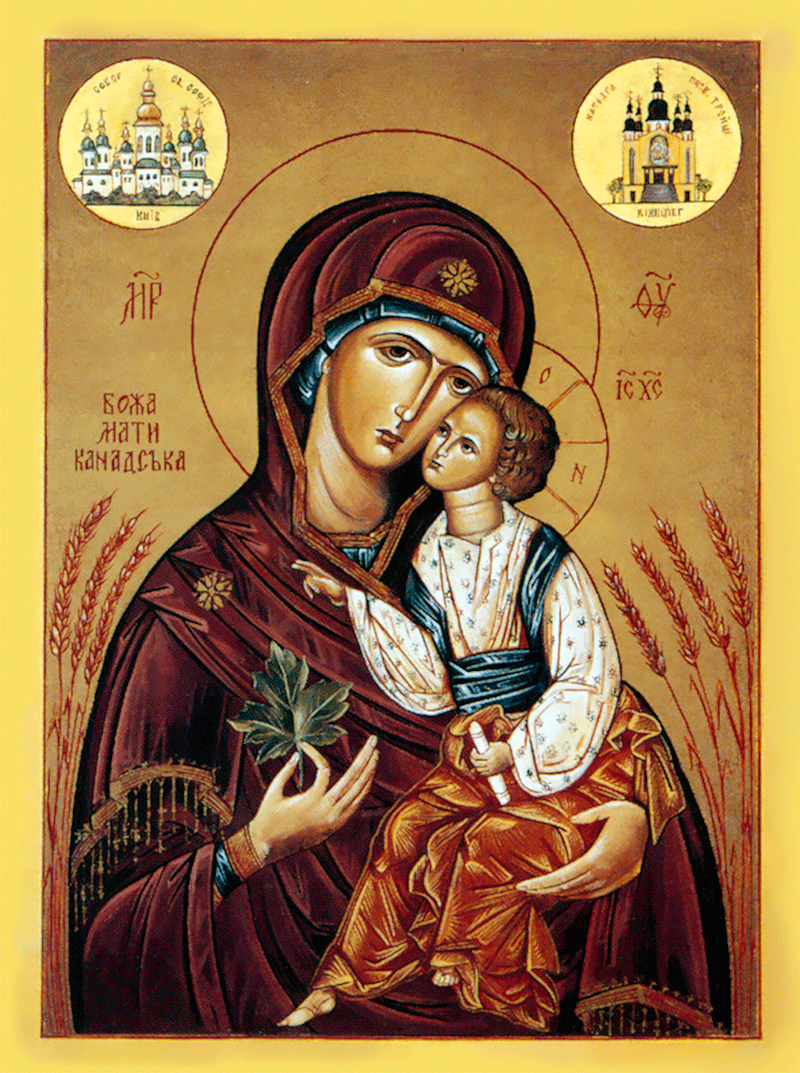
May the Lord help us in our spiritual warfare, through the prayers of His All-Pure Mother and all His Saints!
- Known today as “The Orthodox Church in America” (OCA).↩
- T. Minenko, The Development of the Ukrainian Orthodox Church in Canada — 1918 – to present, (Discussion paper – St. Vladimir’s Seminary, New York, June 28-29, 1989), p. 1-3.↩
- Established in 1907.↩
- Founded in 1910.↩
- Ibid., p. 4.↩
- T. Міненко, “Українська Греко-Православна Церква в Канаді” Календар Рідна Нива на 1978р. / Calendar
Ridna Nyva 1978, p. 91-92.↩ - T. Minenko, The Development of the Ukrainian Orthodox Church in Canada — 1918 – to present, p. 7.↩
- The Ukrainian Greek Orthodox Church in Canada. We will use this abreviation.↩
- Thus, they are called clergy-laity conferences, at which the hishops, the priests and the laity participate.↩
- O. Trosky, The Ukrainian Greek Orthodox Church in Canada, (Winnipeg, 1968), p. 17-18.↩
- It is interresting to note that although this conference took place without the presence of a hishop it was numbered as the first “Sobor” of the UGOCC.↩
- T. Міненко, “Українська Греко-Православна Церква в Канаді”, p. 92-93.↩
- Metropolitan Germanos (Shehadi) was the Metropolitan of the Antiochian Orthodox Archdiocese in the USA.↩
- Ibid., p. 93-94.↩
- T. Minenko, The Development of the Ukrainian Orthodox Church in Canada — 1918 – to present, p. 14.↩
- Ibid., p. 15-16; T. Міненко, “Українська Греко-Православна Церква в Канаді”, стор. 94-95.↩
- Не was “ordained” bishop by the first “bishops” of the Ukrainian Autocephalous Orthodox Church, who were not ordained according to the canons and Sacred Tradition of the Holy Orthodox Church. In fact, they were “ordained” by priests and lay people, as the canons of the Holy Orthodox Church clearly state that a bishop should be ordained by at least two or three other bishops (1st Canon of the Holy Apostles).↩
- T. Minenko, The Development of the Ukrainian Orthodox Church in Canada — 1918 – to present, p. 18.↩
- Ibid., p. 20.↩
- Ibid., p. 21.↩
- Ibid., p. 23-24; T. Міненко “Українська Греко-Православна Церква в Канаді”, стор. 53 Read the life of Metropolitan↩
- Ilarion in the Calendar Ridna Nyva 1997, p. 215-216.↩
- T. Міненко “Українська Греко-Православна Церква в Канаді”, стор. 99-100; Т. Minenko, The Development of the Ukrainian Orthodox Church in Canada — 1918 – to present, p. 24.↩
- Metropolitan Michael remained Archbishop of Toronto and the Eastern Eparchy until his blessed repose on May 18, 1977.↩
- Ibid., p. 24-25.↩
- Ordination to the episcopate: December 21, 1975; fell asleep in the Lord on March 30, 1981. T. Міненко “Українська Іреко-Православна Церква в Канаді”, стор. 103.↩
- Т. Minenko, The Development of the Ukrainian Orthodox Church in Canada — 1918 – to present, p. 25.↩
- Calendar Ridna Nyva 1991, p. 145.↩
- We should note that the name “UGOCC.” was changed to “UOCC.” (the term “Greek” being ommitted) at the 1985 Sobor.↩
- Calendar Ridna Nyva 1991, p. 131.↩
- Ibid., p. 117-119.↩





